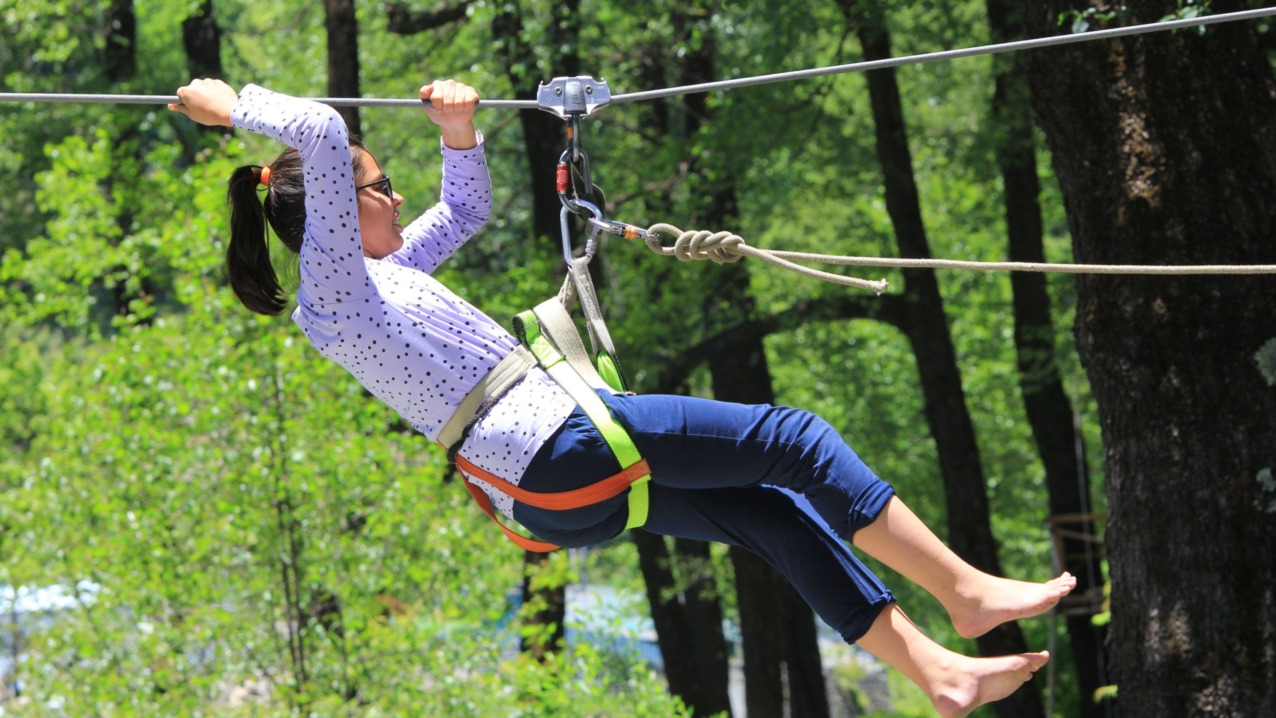Safety
YOUR SAFETY IS OUR PRIORITY
Before you reach the committed destination our team has carefully vetted every step of the trip. Safety takes precedent above all else. Our safety program below details how we ensure your trip is enjoyable, comfortable and most of all safe.
Risk Assessment:
Experienced Local Trip leaders – We ensure that all our trip leaders meet the highest standards of safety, professionalism and expert knowledge. The trip leader is with the group from starting to end. They check travel advisories and health warnings issued by the local authorities or other credible sources. Review the travel itinerary and evaluate the level of exposure to risks such as transportation, accommodation, and outdoor activities.
Safe Transportation – We provide private and comfortable transportation during local travels. All the drivers are experienced, licensed and are screened in advance.
Comfortable & Secure Stay arrangements – You can count on comfortable and safe lodging, so you can focus on a good night’s sleep to prepare for next day’s activities. There will be a safe place for your valuables, weather in the rooms or behind the front desk.
Healthy Food & Drinks – Enjoying local food and drinks is half the fun of traveling. We provide healthy meals and whenever possible locally sourced options. We update the kitchen staff about your food allergies in advance.
Vetted Activities & Services – All our activities have been carefully selected for safety, age appropriateness, community impact and of course fun!
Our experiences are carried out respectfully to continue our passive rapport with the communities we visit.
Risk Mitigation:
- Implement pre-travel training and education to inform students and staff about the risks and safe travel practices.
- Ensure appropriate travel insurance coverage for all participants, including medical and evacuation expenses.
- Obtain necessary travel documents and permits for the destination location.
- Partner with reputable travel providers, hotels, and transportation companies that comply with safety and security standards.
- Establish a communication system among the participants, chaperones, and emergency contact persons.
- Maintain regular update and review of the emergency plan and risk mitigation strategies throughout the travel period to ensure preparedness and response readiness.

